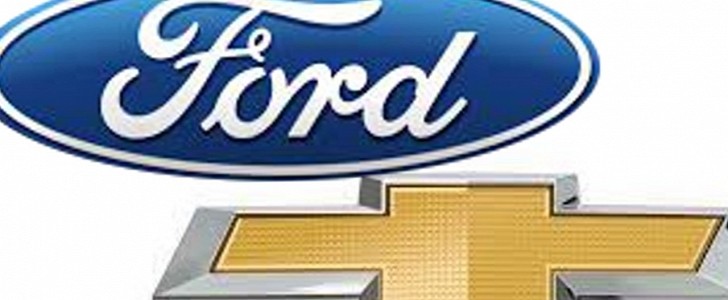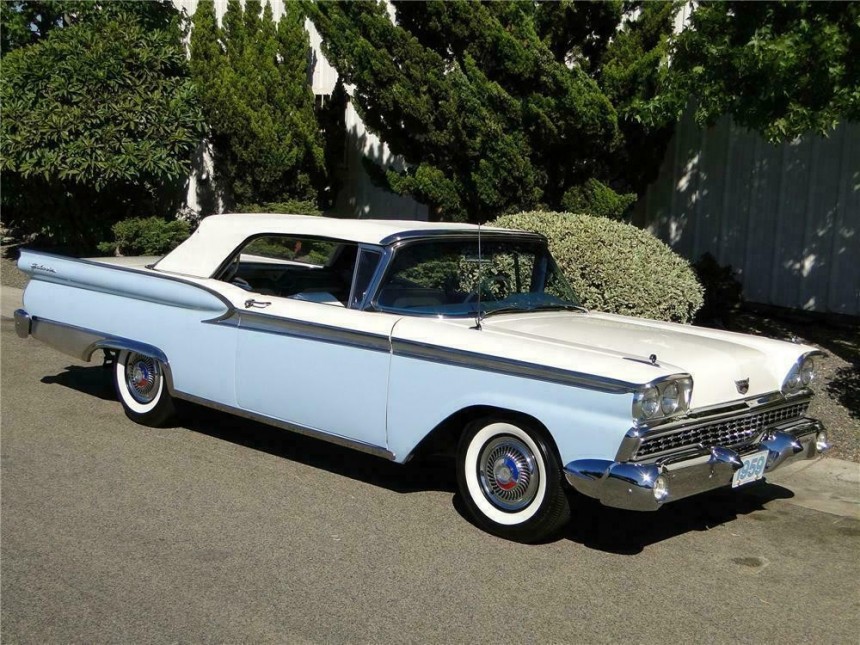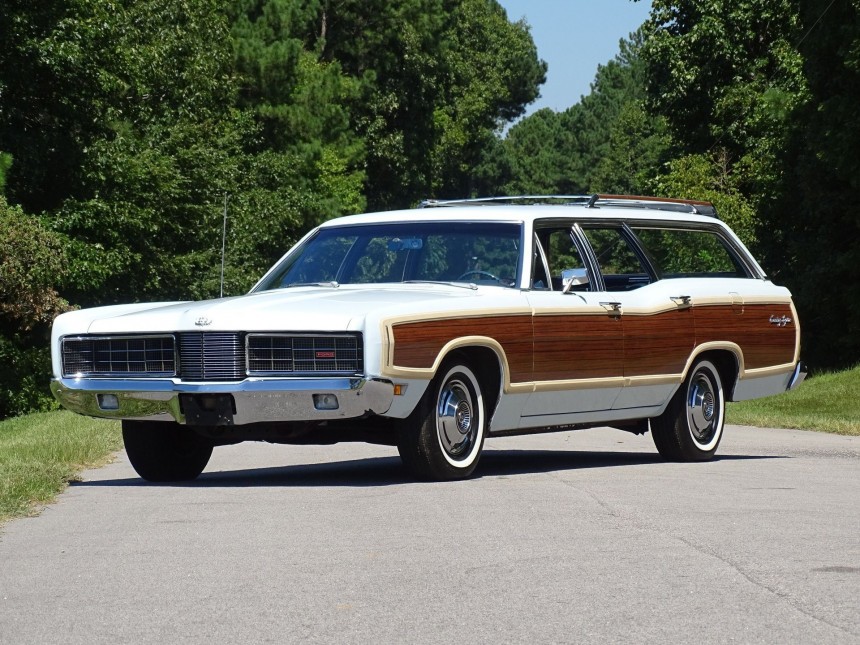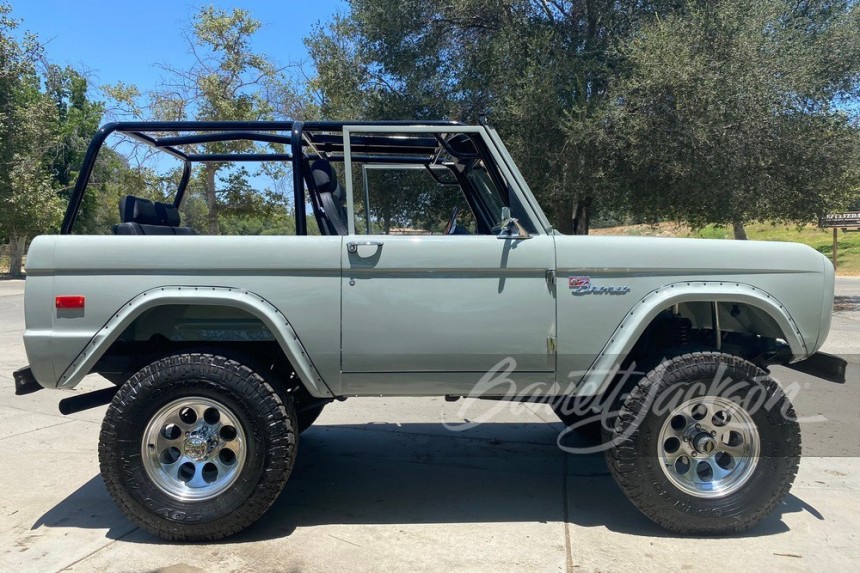Back in the 60s, in the upper Midwest of America, where automobile manufacturing was the dominant industry, you were born into a family that favored one manufacturer over all others.
Feelings were black and white with regard to Ford and Chevrolet, while Dodge was somewhere in between. If you were born into a Ford family, you were brought up hating Chevy, but Dodge was okay. Likewise, being born into a Chevy family meant you would develop a tremendous disdain for Ford, but accepted Dodge.
Under the General Motors (GM) umbrella back then, you had Chevrolet, Buick, Oldsmobile, Cadillac, and Pontiac. All of the GM brands were much more autonomous in terms of marketing than they are today and thus, Ford-bred folks did not detest GM as a whole, only Chevy.
It was rather odd how the two brands would divide a neighborhood, picnics, and other social gatherings. Ford people in one corner, Chevy people in the other. Ford fans would all sit together at Indian's baseball games and Browns' football games.
I was born into a Ford family, as my paternal grandfather worked for Ford and my father worked for a steel company in Cleveland that supplied Ford. I was too young to develop any real feelings about choosing to loathe one car company over another, nor why it was necessary, but I would learn.
My love of the brand was shaped by the string of Ford automobiles my family had throughout my life, until I was able to buy a 1967 Mustang Fastback I wrote about several months ago on autoevoltution.
The first car I recall was my father's 1959 Ford Fairlane convertible that he called his 'rat rod'. I was eight years old at this point, and the rat rod had seen better days. They salted the roads in Cleveland in winter months and manufacturers had yet to develop a way to coat sheet metal to keep it from rusting. As a result, the area where the firewall met the floor pans had rusted away to the extent that you could check the engine oil from inside the car.
At some point one winter, my father had come from Cleveland to pick me up from my grandmother's home in Detroit, about 168 miles (270 km) away. It was extremely cold, but turning the heater on was unnecessary because the heat from the engine coming through the holes in the floorboard kept us warm. I thought it was neat as hell, but later I realized why it took years for me to grow hair on the shins of my legs.
The rat rod was not in the family long as a maple tree jumped in front of the car as my father was coming home from work one evening. That's the story I was told anyway.
The rat rod's successor was a 1970 Ford Country Squire station wagon that my family drove from Cleveland to our new home out West in Arizona; think of the car from the movie National Lampoon's Vacation. It was a tank, but once the 390 V8 got going, it was a true cruiser. It met its fate some years later, succumbing to the Arizona heat with an inadequately-sized radiator.
The demise of the Country Squire led to the acquisition of my favorite; a 1970 Ford Bronco with a 302 V8. This was a vehicle I wrenched on for no reason, just to simply learn about automobile engines. It is one thing to write about them having read manuals, but it is truly a benefit having worked on them and gained an understanding of their intricacies.
Much to my father's dismay, I used his Bronco as my erector set. I recall pulling the very simple 2-barrel Autolite carburetor to rebuild it after I noticed it leaking around its base while replacing the fuel filter. After completing a thorough cleaning in a chemical dip and reassembling the carburetor using the instructions from the rebuild kit, I had some parts left over. It looked brand new, but dumped gas like crazy and would not idle. My father was forced to take it to the local station. The mechanic there was nice enough to let me watch as he went through the carburetor again. Come to find out, I left the needle out of the needle-and-seat assembly that controls gas flow regulated by a float assembly.
Lesson learned.
My father was just as relieved as I was excited once I was able to buy my own car and use it to expand my automotive knowledge.
As I entered high school in the mid-80s, it was clear the divide between Chevy and Ford fans still existed to a great extent. It is an interesting and somewhat confounding aspect of American automotive culture that has spanned decades without any real rhyme or reason. However, it is most certainly a womb-to-tomb condition.
Under the General Motors (GM) umbrella back then, you had Chevrolet, Buick, Oldsmobile, Cadillac, and Pontiac. All of the GM brands were much more autonomous in terms of marketing than they are today and thus, Ford-bred folks did not detest GM as a whole, only Chevy.
It was rather odd how the two brands would divide a neighborhood, picnics, and other social gatherings. Ford people in one corner, Chevy people in the other. Ford fans would all sit together at Indian's baseball games and Browns' football games.
I was born into a Ford family, as my paternal grandfather worked for Ford and my father worked for a steel company in Cleveland that supplied Ford. I was too young to develop any real feelings about choosing to loathe one car company over another, nor why it was necessary, but I would learn.
The first car I recall was my father's 1959 Ford Fairlane convertible that he called his 'rat rod'. I was eight years old at this point, and the rat rod had seen better days. They salted the roads in Cleveland in winter months and manufacturers had yet to develop a way to coat sheet metal to keep it from rusting. As a result, the area where the firewall met the floor pans had rusted away to the extent that you could check the engine oil from inside the car.
At some point one winter, my father had come from Cleveland to pick me up from my grandmother's home in Detroit, about 168 miles (270 km) away. It was extremely cold, but turning the heater on was unnecessary because the heat from the engine coming through the holes in the floorboard kept us warm. I thought it was neat as hell, but later I realized why it took years for me to grow hair on the shins of my legs.
The rat rod was not in the family long as a maple tree jumped in front of the car as my father was coming home from work one evening. That's the story I was told anyway.
The demise of the Country Squire led to the acquisition of my favorite; a 1970 Ford Bronco with a 302 V8. This was a vehicle I wrenched on for no reason, just to simply learn about automobile engines. It is one thing to write about them having read manuals, but it is truly a benefit having worked on them and gained an understanding of their intricacies.
Much to my father's dismay, I used his Bronco as my erector set. I recall pulling the very simple 2-barrel Autolite carburetor to rebuild it after I noticed it leaking around its base while replacing the fuel filter. After completing a thorough cleaning in a chemical dip and reassembling the carburetor using the instructions from the rebuild kit, I had some parts left over. It looked brand new, but dumped gas like crazy and would not idle. My father was forced to take it to the local station. The mechanic there was nice enough to let me watch as he went through the carburetor again. Come to find out, I left the needle out of the needle-and-seat assembly that controls gas flow regulated by a float assembly.
Lesson learned.
As I entered high school in the mid-80s, it was clear the divide between Chevy and Ford fans still existed to a great extent. It is an interesting and somewhat confounding aspect of American automotive culture that has spanned decades without any real rhyme or reason. However, it is most certainly a womb-to-tomb condition.










